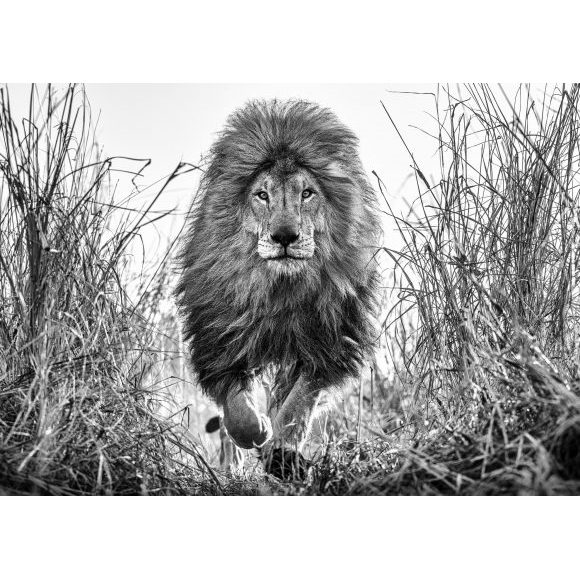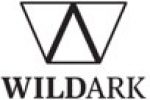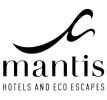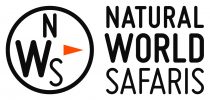Letter From 78° North
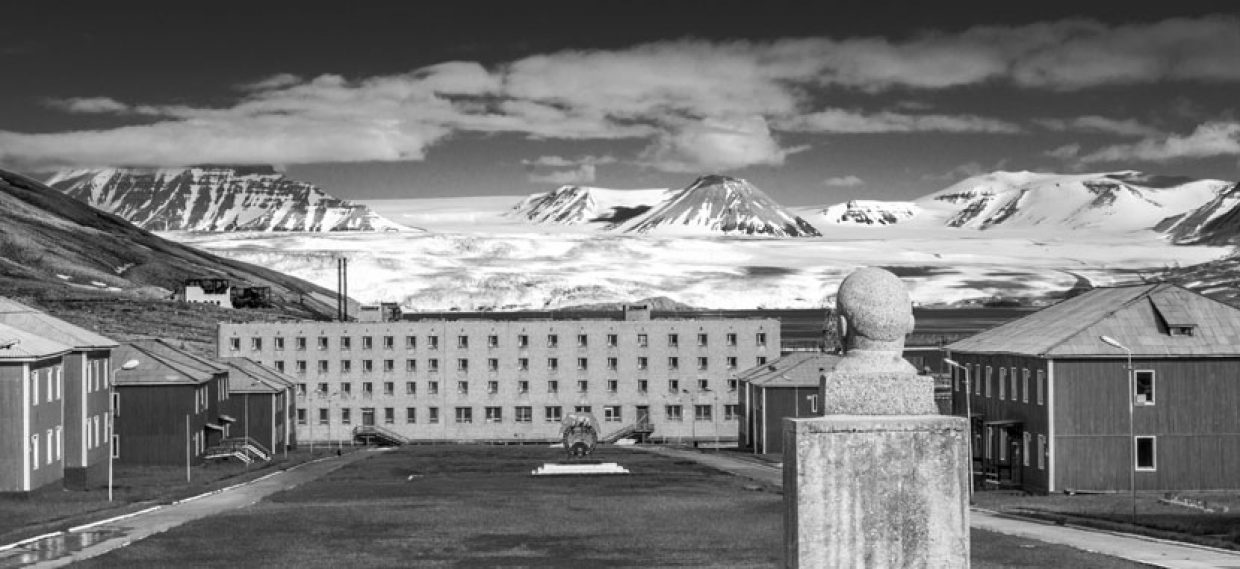
I have long been drawn to abandoned communities – the sense of trespassing on the past gives
me a visceral rush. The genesis of many of these communities was what lay on or under the ground – whether that be bulk commodities like coal or precious metals like gold. As we know, their subsequent abandonment came as either prices fell or the source ran dry. Montana boasts some spectacular ghost towns from the gold rush days and we have filmed regularly there over the last two years. The Wolf of Main Street remains one of my most coveted images.
Closer to home – in Wales – many abandoned collieries hint at a productive past and the demise of coal mining has certainly left its mark across the world.
To go to these places can offer a fascinating vignette of a history that we can all too quickly airbrush.
On my bucket list for many years has been to visit the world’s most northerly ghost town – the former Soviet Union mining community of Pyramiden situated high in the Arctic. I thought it could be the most visually stunning example of abandonment on our planet – largely because I learnt that there is a thumping great glacier and icecap directly behind the settlement.
Today, after a ten year wait from first discovering the visual potential of the location, I finally made it to the ghost town and I was blown away.
There, in front of the ice cap, was a bust of Lenin and accommodation for 2000 miners, all in pristine condition. There is one Soviet sign in the main square presumably a gentle reminder to the workers that there were often polar bears working the area.
The whole experience is eerie and surreal. Save for the odd caretaker, it is a Russian lego town at 78 degrees north, with no mammals overnighting other than polar bears. Pyramiden is not an easy place to get to, but it was so worth it. The vista was paralysing and intoxicating as one. Wow – just wow!
"79.5 degrees not now and the big footprints in the ice augur well. I just hope we find one. Either way, what a privilege it is just to see this."

This is the first time in my life I have been paid to be on a ship – a rather unlikely turn of events for all that know me. However, I guess rather this route to the revenue line than being a staff photographer on a booze cruise off Cancun. Should that day ever come, I doubt these newsletters will be continuing.
This is a proper adventure – 25 people have been thrown together in a “Noah’s Ark” of nationalities. The ice worthy boat is from Gothenburg, Sweden, the crew is also Swedish and the two guides are Dutch. That is a good start for me, given the great number of contacts I have in both countries. We have a great gallery in Holland and work with the fabulous Fotografiska Museum in Stockholm. Hasselblad, the iconic Swedish camera brand, have kindly lent me some
equipment to test on the trip and are also from Gothenburg. The passengers are global – one from the Philippines, three Aussies, three Americans, an Israeli and then three Brits and all come with good Nikon and Canon camera equipment with one shared goal – to photograph polar bears. My job is to help, as and when I can.
It’s rather akin to a reality TV show where strangers are brought together in a confined space and asked to build immediate friendships. If I suffer from cabin fever or if I am awkward with strangers, I will surely find out in the next 10 days. There is no escape from this vessel.
The sun never sets at this time of year which means we have 240 hours of daylight to search
for polar bears and then hopefully get as close to them as possible without taking any irresponsible risks. Sleep will be taken as and when – there is no real sense of night and day up here in mid-summer.
During my talk at the first dinner on board, it was important for me to manage expectations. There is a chance we are unlucky with nature and we could spend all 240 hours looking at icebergs, ice caps, and glaciers – but no polar bears. Should this happen, it will be no one’s fault – the Swedes, the Dutch and the single Scot cannot be responsible for polar bear movements. It is the random walk of nature and if we are ultimately unsuccessful, there are worse ways to spend 10 days – the scenery here is truly sensational.

"We have binoculars that can identify bears two miles away, zodiac boats and most important of all, enough whiskey to destabilise a walrus..."
But what we do have on the boat is years of experience and should nature play ball, we will do our very best to impose ourselves on the situation. We have binoculars that can identify bears two miles away, zodiac boats and, most importantly of all, enough whisky to destabilise a walrus – in fact a walrus colony.
There is more sea ice and fast ice around Svalbard than there has been for many years – and our prescribed passage north and then east is blocked. Global warming is for real, but not necessarily year
on year. The exploration season is a month late up here after an abnormally severe winter and this is welcome news,
as with fast ice comes bears and the daily ice reports are highly encouraging.
I hope next month’s report will contain at least one cracking image from here. As always that is the goal – just one or two great shots – not a portfolio with a tail. I can’t do any worse up here than I have in the past.




